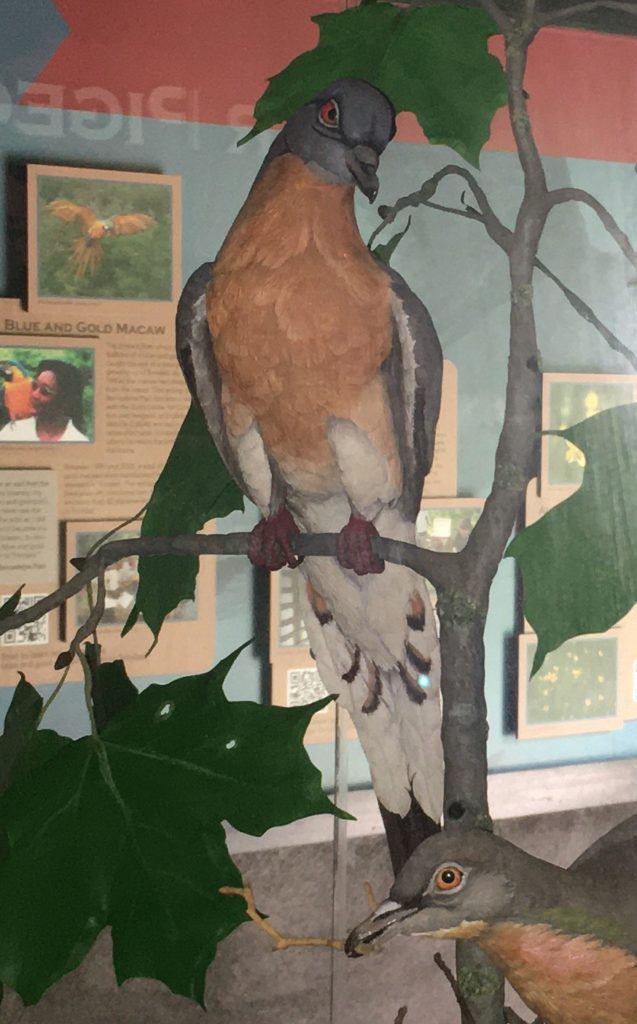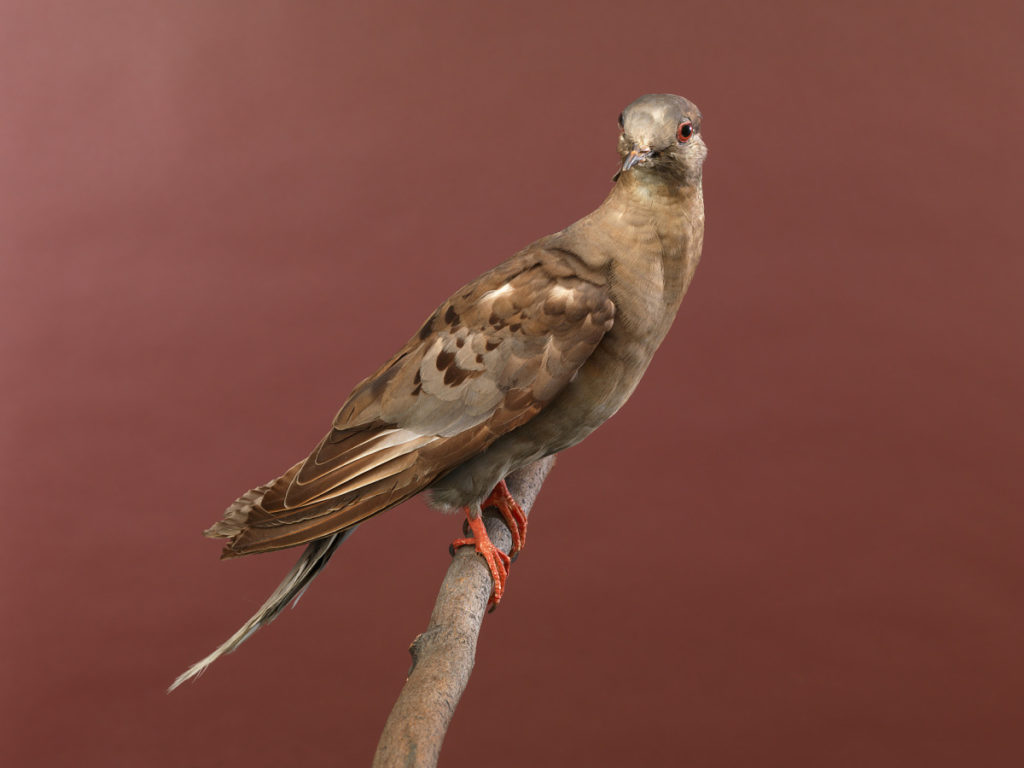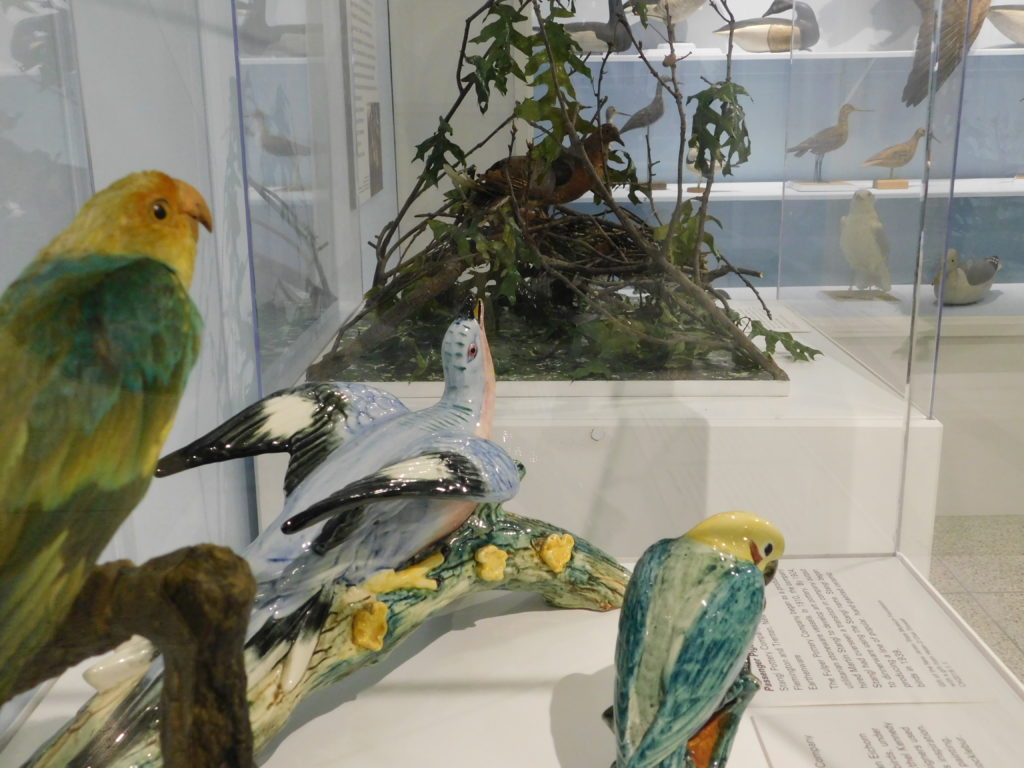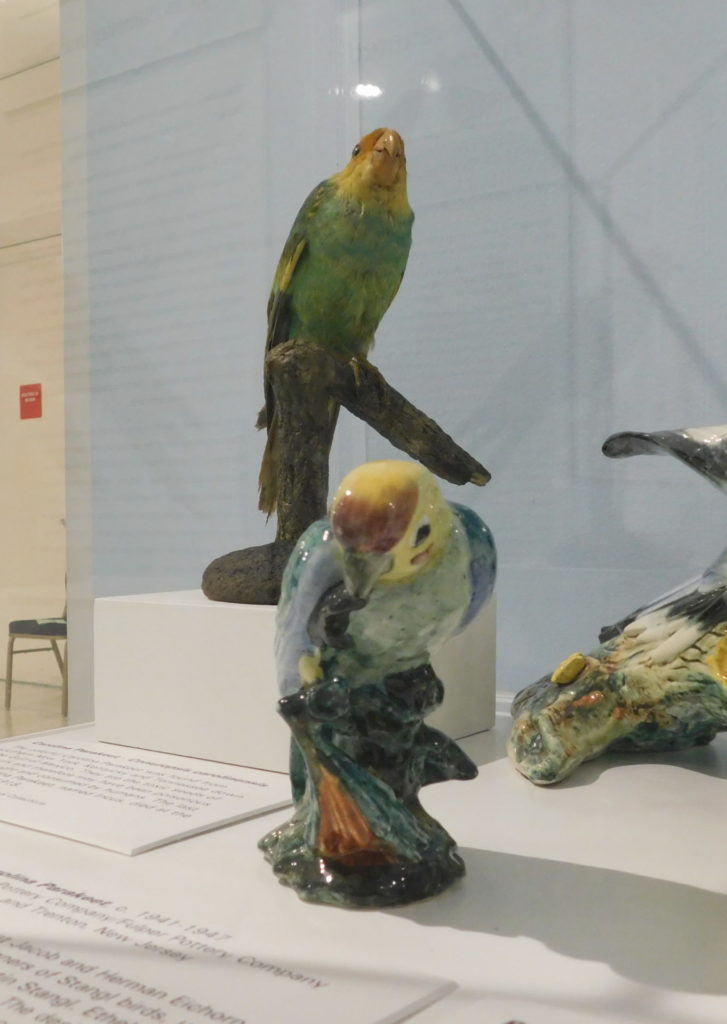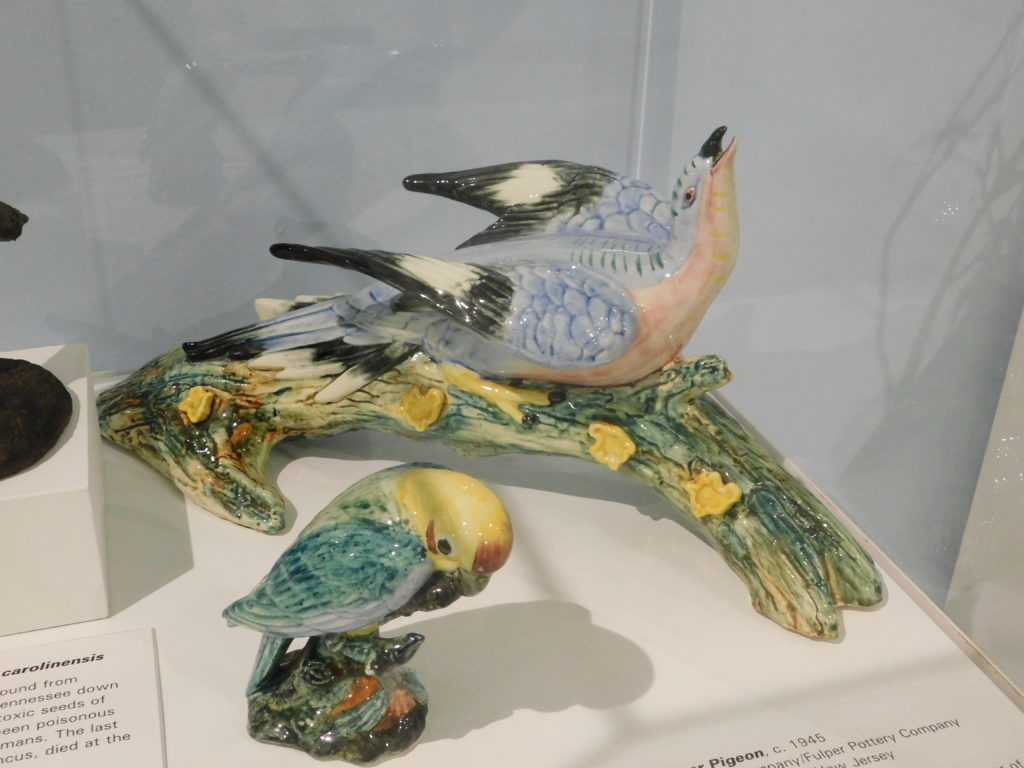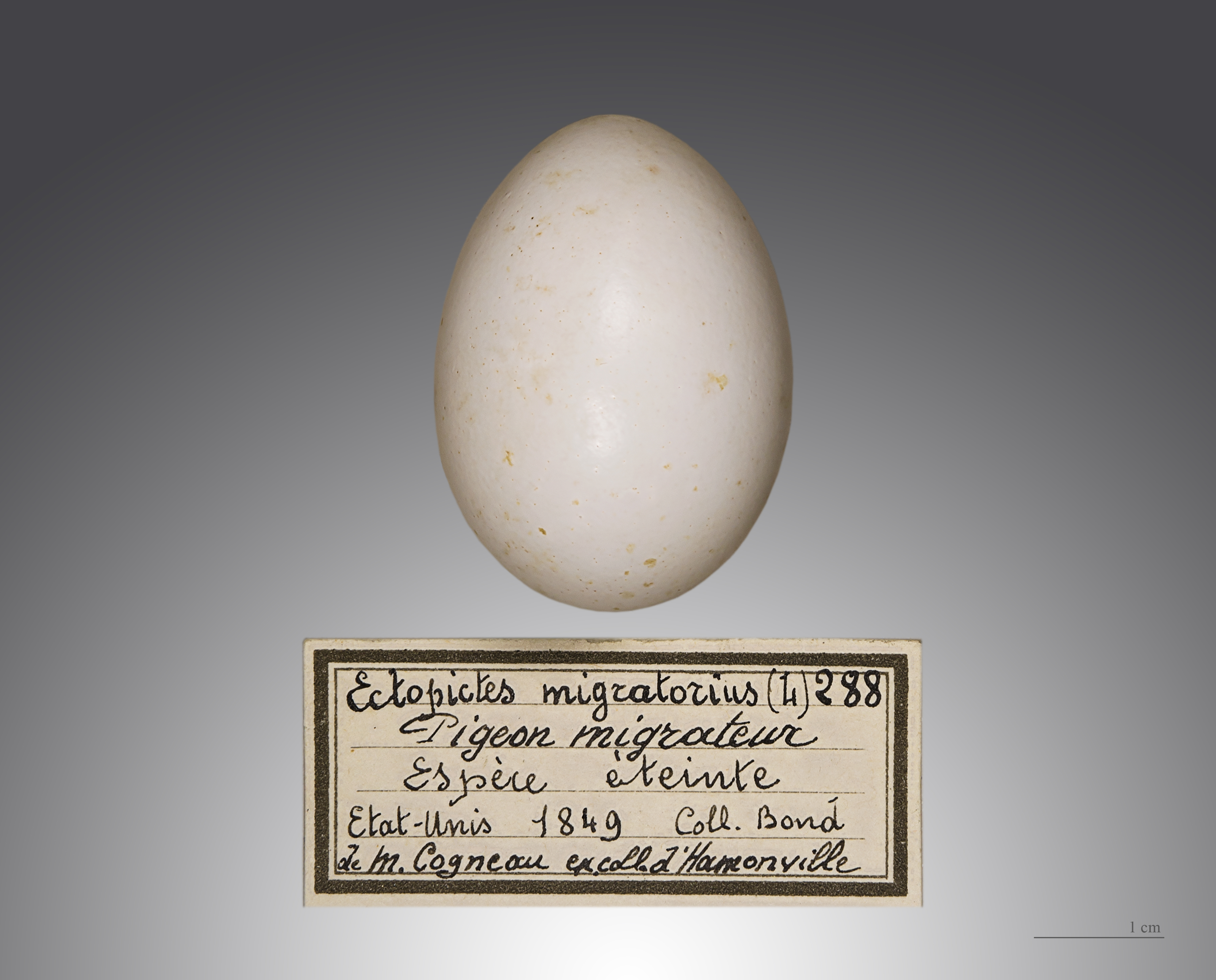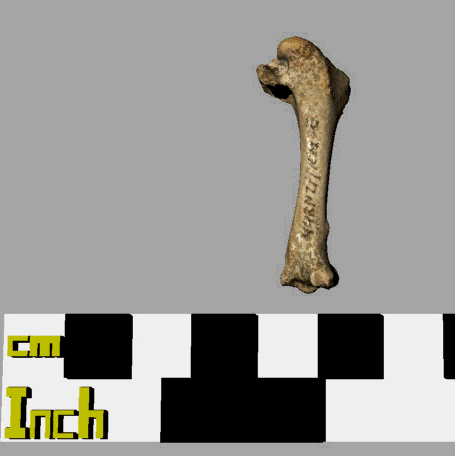An interesting article on the California Condor (Gymnogyps californianus), which faced extinction but has so far survived. Analysis of its genome implies a relatively large population about 1 million years ago followed by a decline in population around 10,000 years ago (or very roughly, the end of the Pleistocene). Note that the techniques used do not allow an estimation of recent (less than 10,000 years) population history.
For a species that was briefly extinct in the wild, the California condor has unexpectedly high genome-wide diversity
p. 5
our results show that the turkey vulture was historically less abundant than the California condor, though it is the most abundant and wide-ranging New World vulture today.
p. 6
Though the history of the California condor shows evidence of past decline, it retains a high degree of ancestral variation and, perhaps, the potential for future adaptation. As exemplified by the passenger pigeon (Ectopistes migratorius) and Carolina parakeet (Conuropsis carolinensis), high genetic diversity is by no means a barrier to extinction, but the variation present in the California condor is nonetheless reassuring. The species continues to repro- duce naturally and expand its range in the wild
p. 6
Source:
Robinson et al., Genome-wide diversity in the California condor tracks its prehistoric abundance and decline, Current Biology (2021), https://doi.org/10.1016/j.cub.2021.04.035
Featured image: Don Graham, CC BY-SA 2.0 https://creativecommons.org/licenses/by-sa/2.0, via Wikimedia Commons


.jpg)
